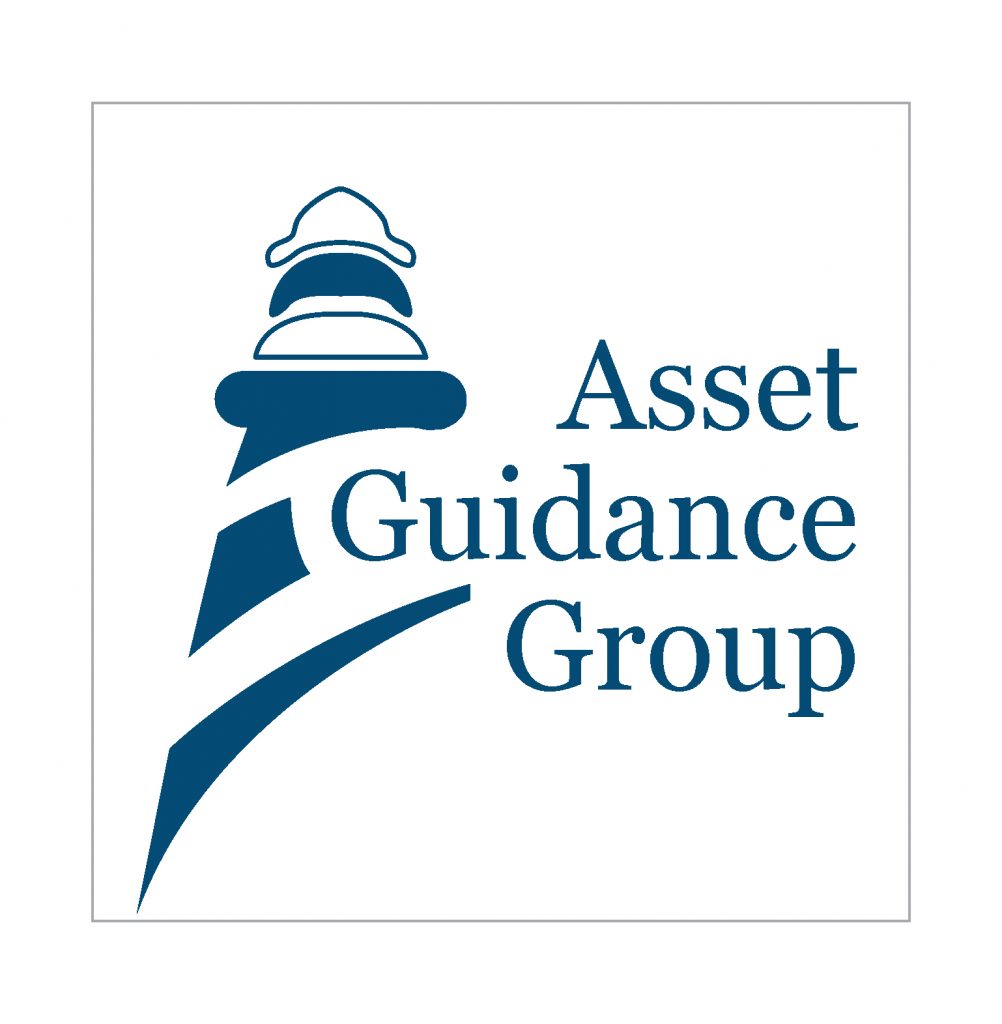
Illuminating.Charting.Navigating
Our company
Subscribe to our newsletter
Copyright © 2024 Asset Guidance Group, LLC, a registered investment advisor. All rights reserved
With the financial crisis of 2008, quantitative easing (QE) moved to the forefront of our collective conscience. QE meant the Fed was intervening in the liquidity crisis by intervening in the markets and buying the Treasuries bonds thereby stabilizing interest rates and the yield curve–the latter largely by keeping it from inverting for any appreciable length of time.
In 2020, we’ve suffered the global COVID-19 Pandemic. Once again, in order to stabilize the markets, the Fed has stepped in but this time in a form of QE5 by purchasing not only treasury bonds but also corporate debt. Can you say, “Europe?”
So we ask the rhetorical question, how do we pay for all this? Well, enter into the mainstream the 100-plus-year-old economic theory known as Modern Monetary Theory (MMT). While Keynesian economics and its subsequent iterations treated money as a scarce resource essentially; not so MMT. Keynesian economics leads to the conclusion that as the money supply increases due to treasury printing, the government is in competition with the private sector, and interest rates adjust to market conditions and may then be used to slow inflation by discouraging borrowing and vice-versa. The oft-ridiculed MMT economists urge (and have for a century although there weren’t many of them) that a government may print as much money as it needs to in order to optimize employment. Then, as inflation becomes an issue due to an oversupply of money (M2), then the government may reduce the money-supply (and thereby lower prices) by manipulating tax rates instead of interest rates. So, tax rates increase and money is taken from the system and placed back into the treasury, and vice-versa. MMT maintains that there is an infinite supply of money. So, given that “street” version, see below for the Wikipedia version the Wonks among us will demand.
Ok, that’s the
MMT advocates argue that the government could use fiscal policy to achieve full employment, creating new money to fund government purchases. According to advocates, the primary risk once the economy reaches full employment is inflation, which can be addressed by raising and gathering taxes and issuing bonds to reduce money and the velocity of money in the system.[4] MMT is debated, with active dialogues [5] about its theoretical usefulness, the clear useful real world practical applications and implications, together with the varying effectiveness of its targeted use and varying challenges of its policy prescriptions.
These tenets challenge the mainstream economics view that government spending is funded by taxes and debt issuance.[7][8][5] The first four MMT tenets do not conflict with mainstream economics understanding of how money creation and inflation works. For example, as former Fed Chair Alan Greenspan said, “The United States can pay any debt it has because we can always print money to do that. So there is zero probability of default.”[9] However, MMT economists disagree with mainstream economics about the fifth tenet, on the impact of government deficits on interest rates.[10][11][12][13][14]
A 2019 survey of leading economists by the University of Chicago Booth‘s Initiative on Global Markets showed a unanimous rejection of assertions that the survey attributes to modern monetary theory.[15]
Sources: Wikipedia https://en.wikipedia.org/wiki/Modern_Monetary_Theory

Illuminating.Charting.Navigating